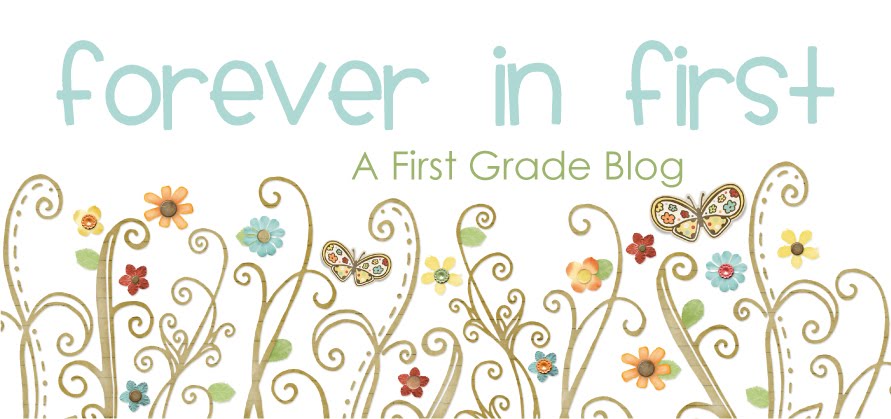It Makes Sense!: Using the Hundreds Chart to Build Number Sense by Melissa Conklin and Stephanie Sheffield is another of my favorite math reads this summer. It will make an immediate impact on my classroom practices come August.
I've regrettably known for some time that I've never used my hundreds pocket chart to its fullest potential. This book clearly describes numerous engaging and easy ways the chart can be used to teach the many facets of number sense. I appreciate how the ideas can be incorporated into whole group, small group, and independent practice routines all throughout the year. The book also describes how the activities can be modified to meet various levels of need, which is obviously important for all our mathematicians.
As I was reading this book, I couldn't help but continually think about how much my kids will benefit from using the pocket chart the way this book describes. I'm prepared to be impressed by their improved number sense!
I would definitely recommend this book for all K-2 classrooms.












